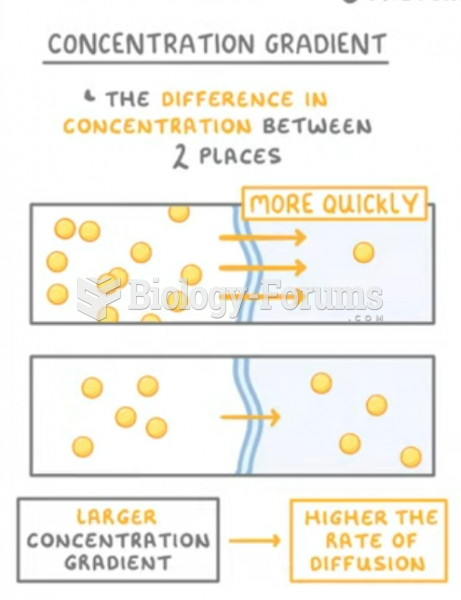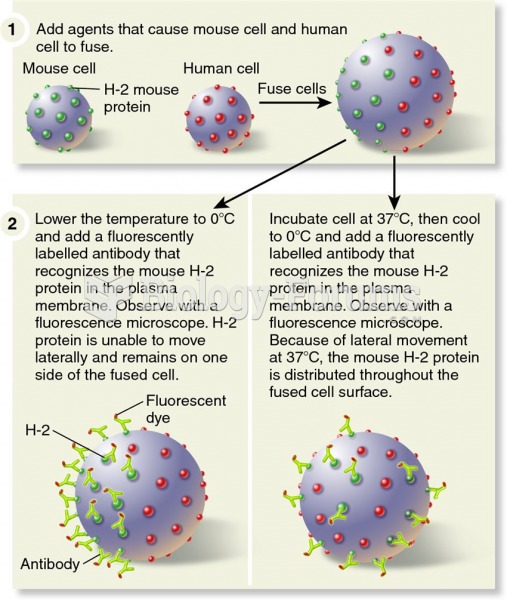Definition for Rapid eye movement
From Biology Forums Dictionary
The Rapid Eye Movement is the portion of sleep where people use to move their eyes.
This phenomenon was discovered by Nathaniel Kleitman and Eugene Aserinsky in the early 1950s. These two investigators were studying the slow, rolling eye movements in children while they were sleeping. For example, they found that their eyes had periods of motion and others where they were stopped. After that, they decided to repeat the same experiment with adults in a very systematic way because they can’t get some sleep when the lights are on. So, they used electrodes to record their eye movements using an electroencephalograph and they also recorded the brain waves from their subjects, the respiration and pulse.
The rapid eye movement is a normal event that occurs periodically when you are sleeping with some physiological changes. Those changes come from some sort of emotional disturbance possibly caused by a dream. This can be shown with the fact that the brain waves exhibited low voltages and fast activity, heart and pulse rates seemed to speed up in that experiment. On the other hand, the movements of our eyes are associated with a lack of body movement. For instance, we can notice a low muscle tone when this phenomenon is happening, where humans experience from 4 to 5 periods of REM sleep per night.



